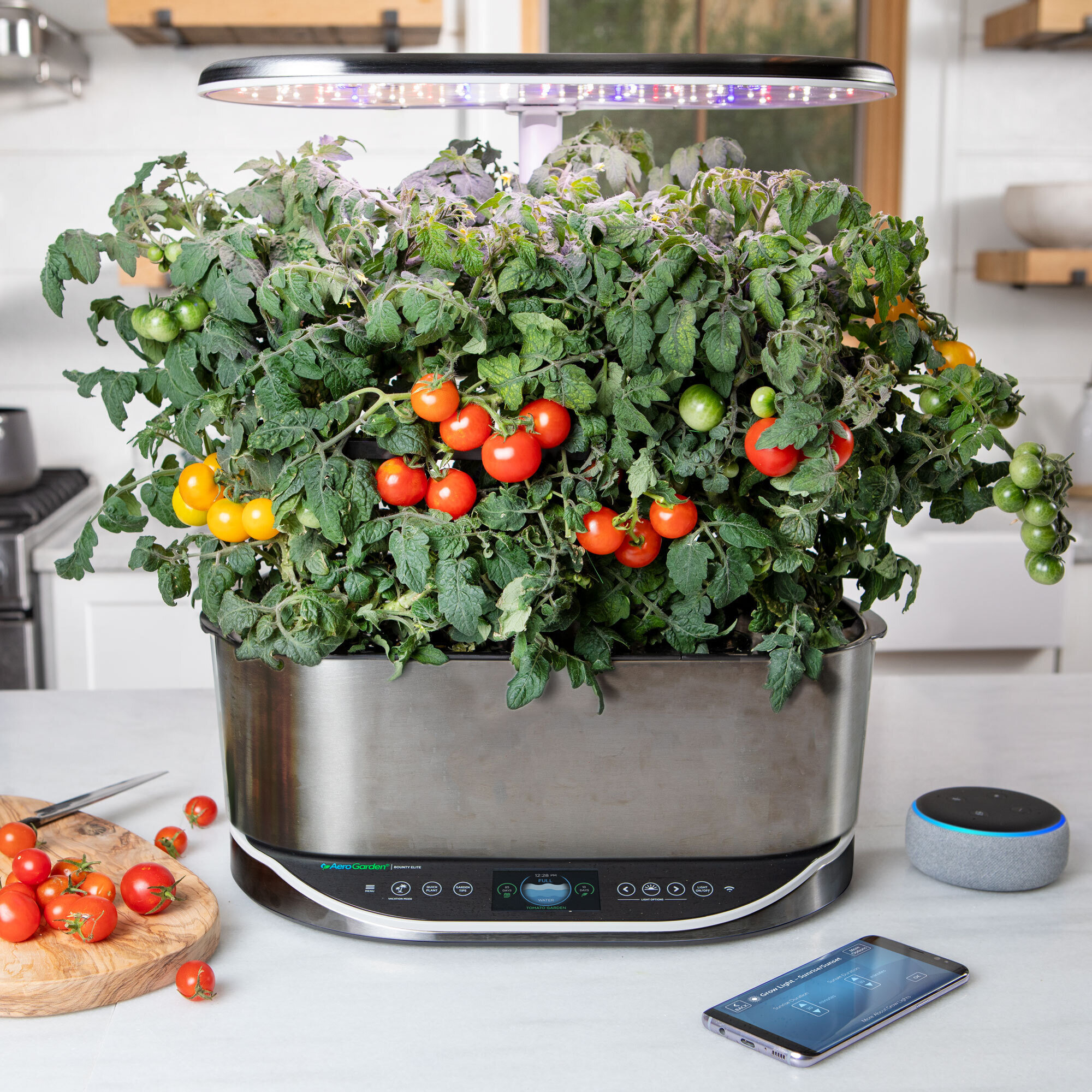How To: Winter Indoor Hydroponic Gardening

As the winter months approach, many gardening enthusiasts reluctantly hang up their gloves, believing the cold season signals an end to their hobby. But what if you could defy the frost and continue nurturing lush, vibrant plants throughout the winter? Welcome to the world of indoor hydroponic gardening during winter months. This innovative method allows you to transform your home into a thriving urban jungle, even as the snow falls outside. Let's dive in and discover how to cultivate your own winter hydroponic haven.
Understanding Winter Hydroponics
Indoor hydroponic gardening is a soil-less growing system that uses nutrient-rich water to feed plants. This method is particularly advantageous during the winter as it allows for complete control over the growing environment. No more worrying about frost or lack of sunlight; with winter hydroponics, you call the shots.
Benefits of Indoor Growing Systems
- Year-Round Harvest: Enjoy fresh produce and beautiful blooms even in the dead of winter.
- Space Efficiency: Perfect for urban hydroponics, these systems can fit in small apartments or basements.
- Pest Control: Reduce the risk of pests and diseases that are common in outdoor gardens.
- Water Conservation: Hydroponic systems use up to 90% less water than traditional gardening methods.
Setting Up Your Winter Hydroponic Garden
Choosing the Right System
There are several types of indoor growing systems to choose from, including:
- Wick Systems: Simple and low-cost, ideal for beginners.
- Deep Water Culture (DWC): Great for growing larger plants.
- Nutrient Film Technique (NFT): Perfect for fast-growing plants like lettuce.
- Ebb and Flow: Versatile and suitable for a variety of plants.
For a comprehensive guide, check out this article on different hydroponic systems.
Selecting Winter-Friendly Plants
Not all plants thrive in winter hydroponics. Opt for cold-hardy varieties like:
- Lettuce and Spinach: These leafy greens grow quickly and require minimal light.
- Herbs: Basil, parsley, and mint are excellent choices.
- Root Vegetables: Radishes and small carrots can be grown in deeper systems.
Lighting: The Sun Indoors
Since natural sunlight is scarce during winter, you'll need artificial grow lights. LED grow lights are energy-efficient and provide the full spectrum of light that plants need. Position your lights about 6-12 inches above your plants and ensure they get 14-16 hours of light daily.

Maintaining Optimal Conditions
Temperature and Humidity
Most plants prefer temperatures between 65-75°F (18-24°C). Use a heater or cooling system to maintain this range. Humidity should be around 40-60%; a humidifier or dehumidifier can help regulate this.
Nutrient Management
Plants grown in indoor hydroponic gardening systems rely entirely on you for their nutrients. Use a high-quality, water-soluble fertilizer designed for hydroponics. Regularly test and adjust the pH and nutrient levels to ensure your plants are well-fed.
Winter Plant Care Tips
- Monitor for Pests: Even indoors, pests can find their way to your plants. Regularly inspect for signs of infestation.
- Prune Wisely: Remove dead or dying leaves to encourage new growth.
- Keep It Clean: Maintain a clean growing area to prevent mold and bacteria buildup.
Troubleshooting Common Issues
Even with the best care, issues can arise. Here are some common problems and solutions:
- Yellowing Leaves: Could indicate a nutrient deficiency or overwatering.
- Wilting Plants: Might be due to underwatering or root rot.
- Slow Growth: May result from insufficient light or incorrect temperature.
For more troubleshooting tips, visit this guide from Gardener's Supply Company.

Embracing the Cold Season with Hydroponics
Cold season gardening doesn't have to be a chore. With indoor hydroponic gardening, you can turn your home into a lush oasis that defies the winter chill. Imagine the satisfaction of harvesting fresh greens for your salad while snowflakes dance outside your window. It's not just about growing plants; it's about cultivating a lifestyle that embraces nature, even in the harshest of seasons.
Conclusion
Indoor hydroponic gardening during winter months is more than just a hobby; it's a way to bring life and vibrancy into your home during the coldest part of the year. By understanding the basics, choosing the right system, and maintaining optimal conditions, you can enjoy a thriving garden all year round. So, why let the winter blues get you down? Embrace the season and start your hydroponic journey today!
FAQs
What are the best plants for winter hydroponics?
- Cold-hardy plants like lettuce, spinach, herbs, and root vegetables are ideal for winter hydroponics.
How much light do my plants need in winter?
- Most plants require 14-16 hours of light daily. Use LED grow lights to provide the full spectrum of light needed.
What temperature should my indoor hydroponic garden be?
- Most plants prefer temperatures between 65-75°F (18-24°C). Use a heater or cooling system to maintain this range.
How do I prevent pests in my indoor garden?
- Regularly inspect your plants for signs of pests, maintain a clean growing area, and use organic pest control methods if needed.
Can I grow fruits in a winter hydroponic garden?
- While it's possible to grow small fruits like strawberries, most fruit trees require more space and specific conditions that are challenging to replicate indoors during winter. Stick to leafy greens and herbs for the best results.
0 Response to "How To: Winter Indoor Hydroponic Gardening"
Post a Comment